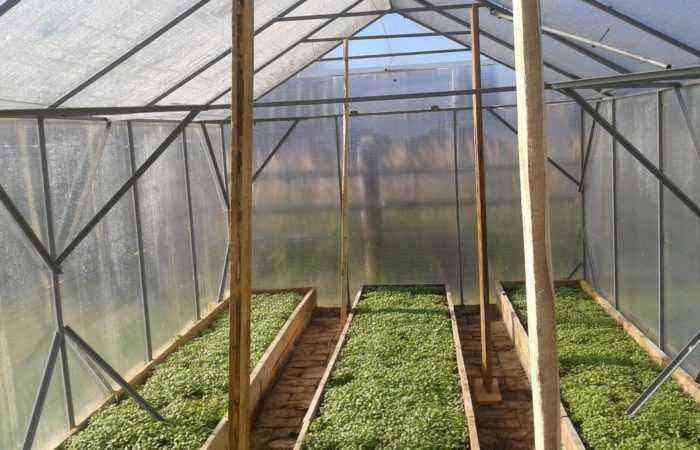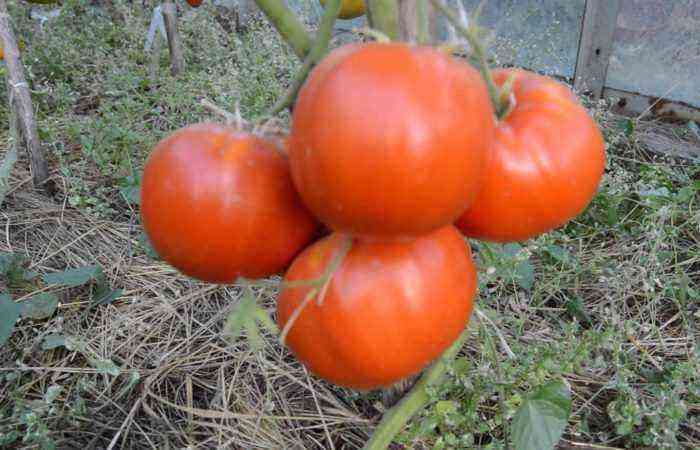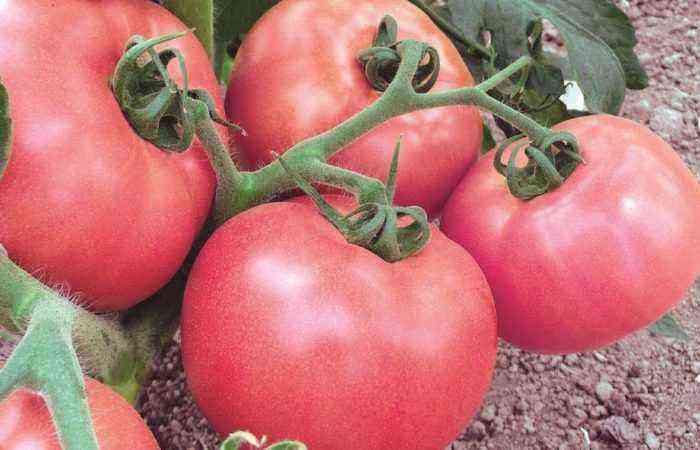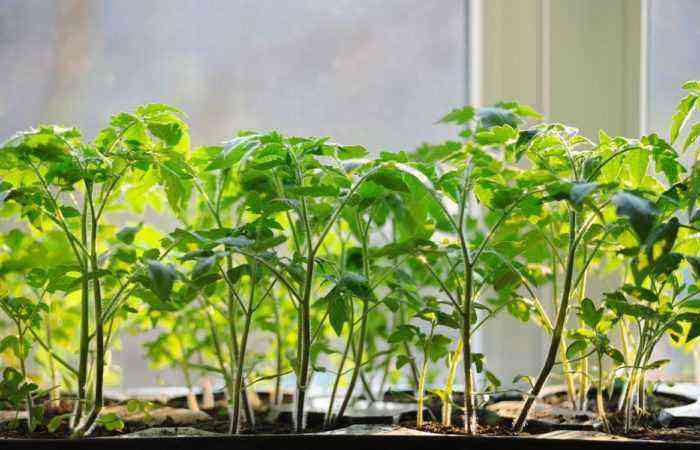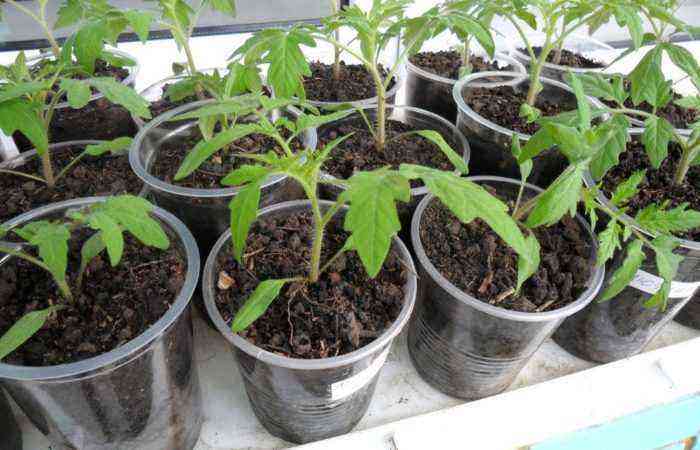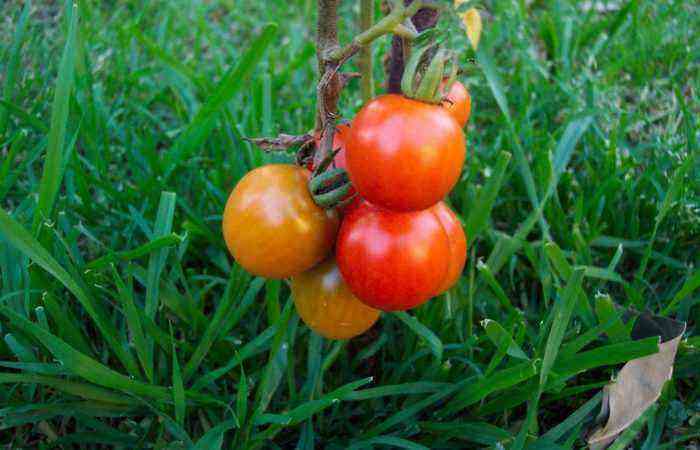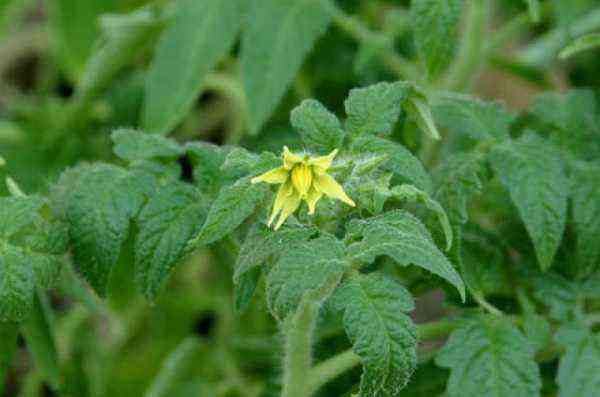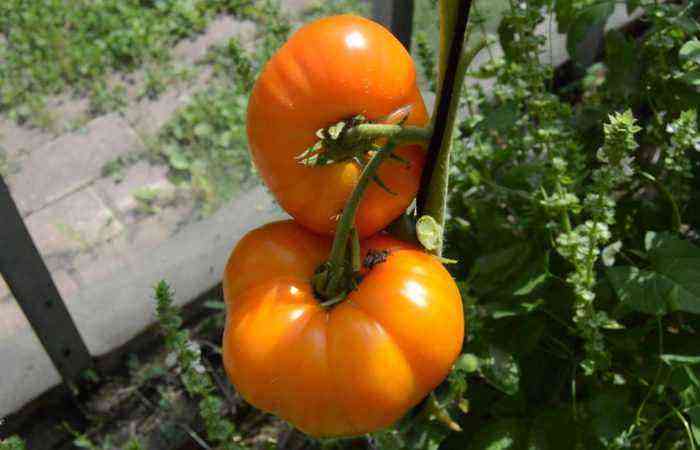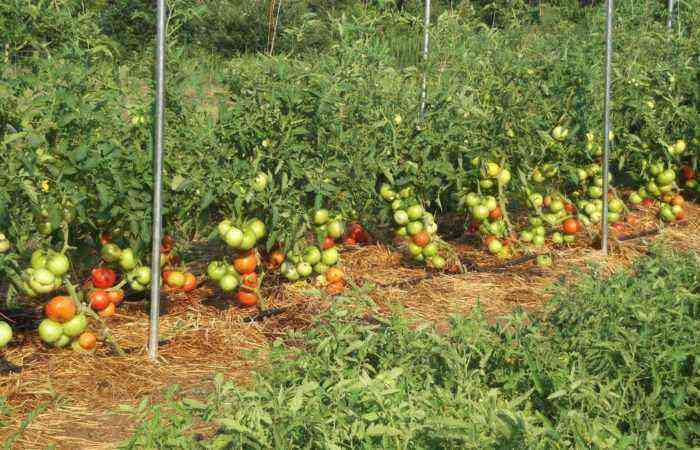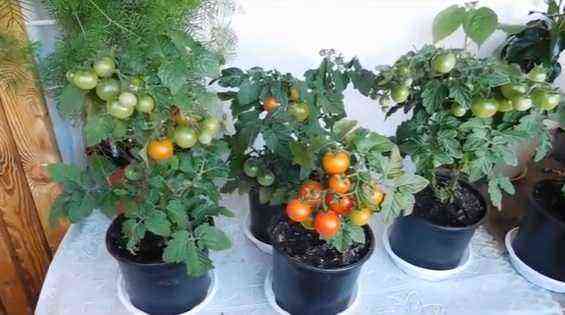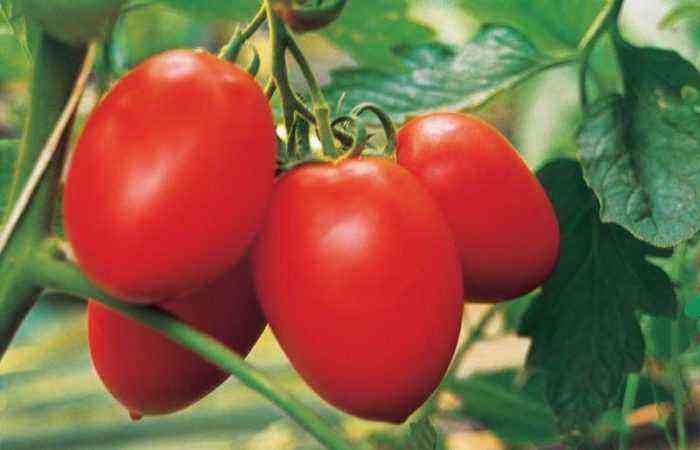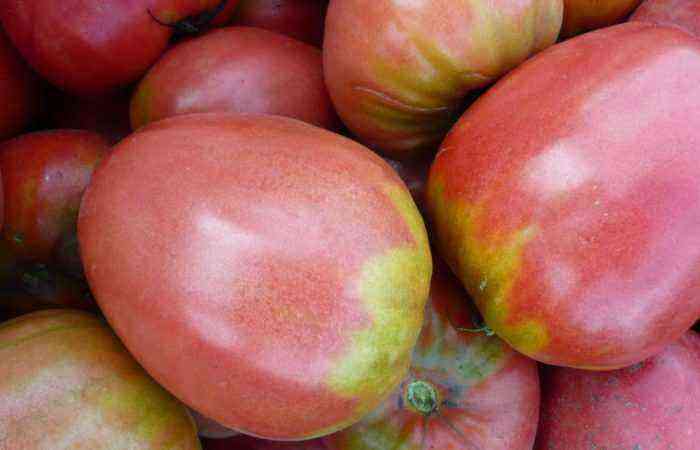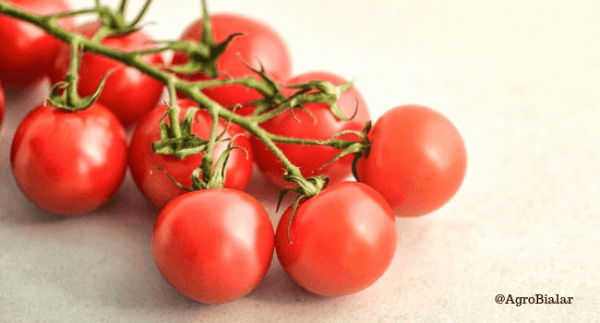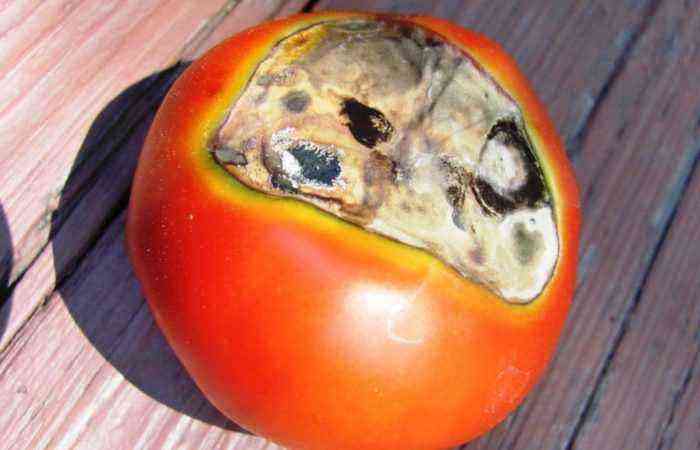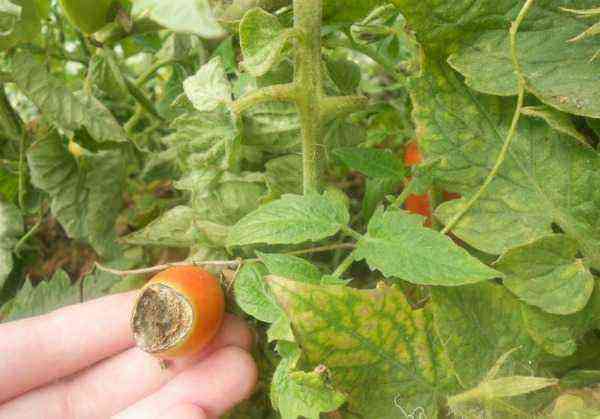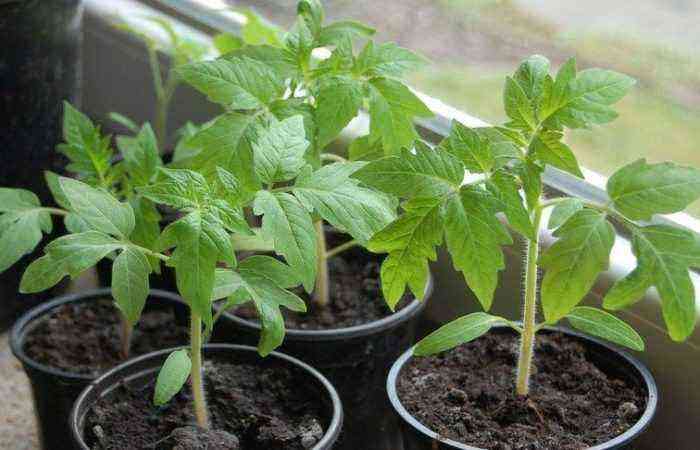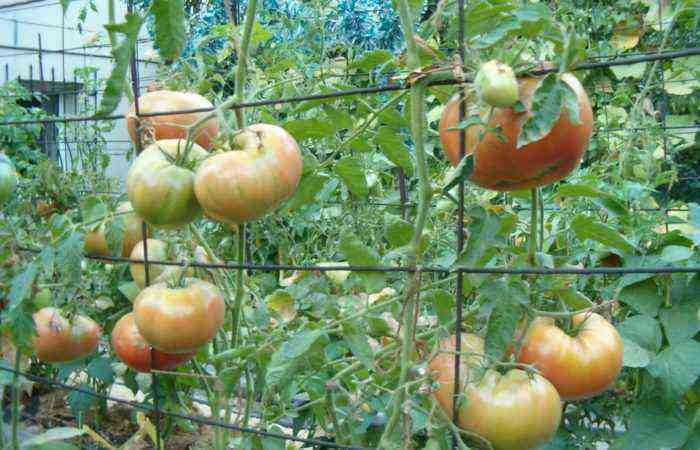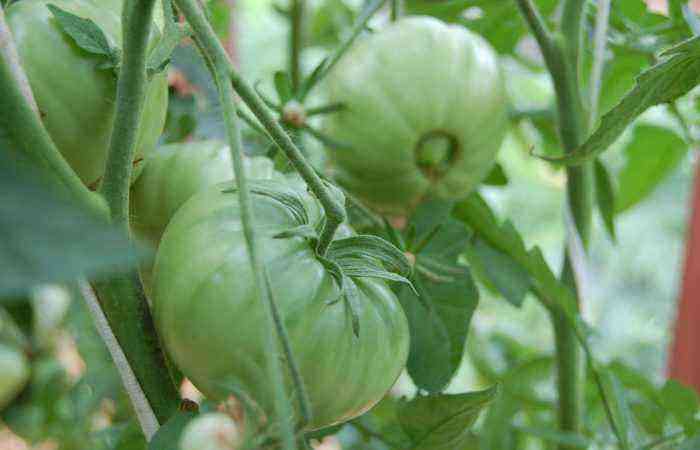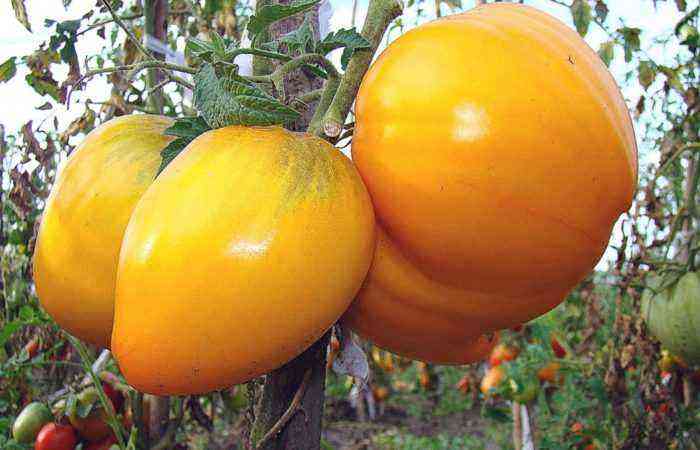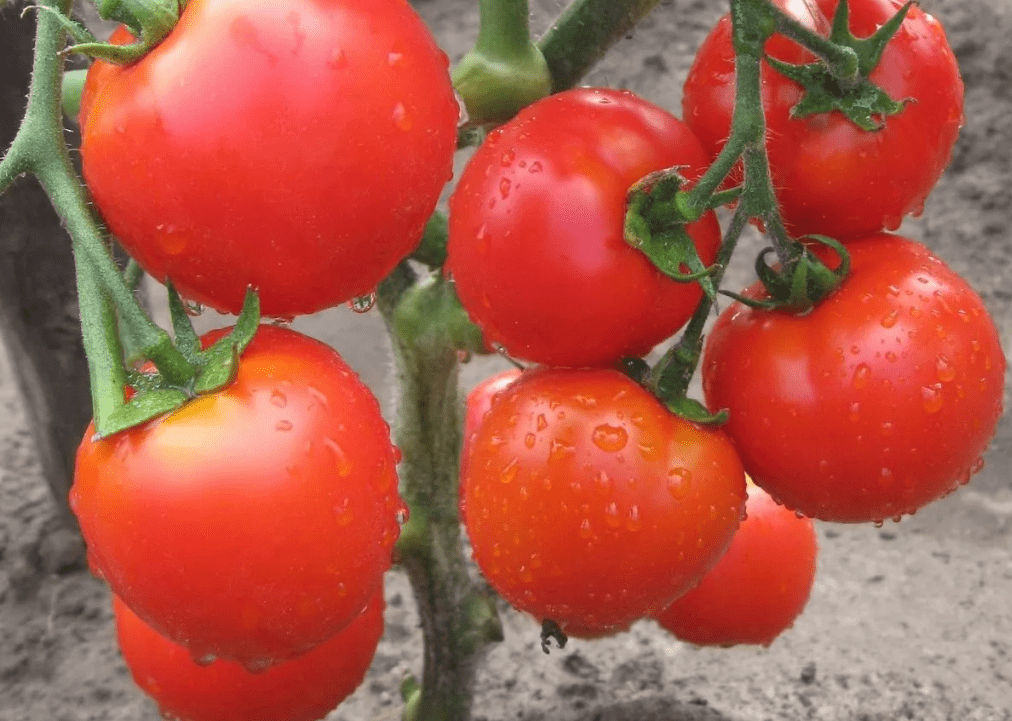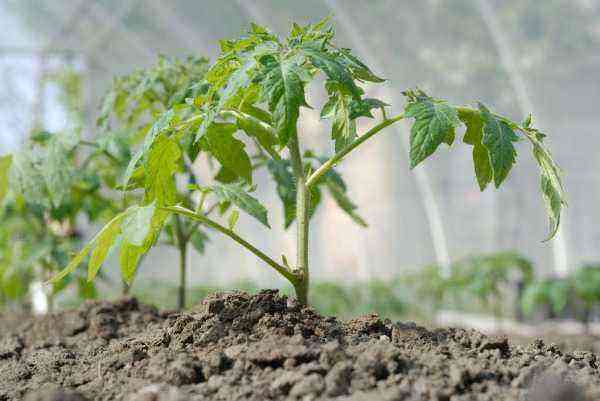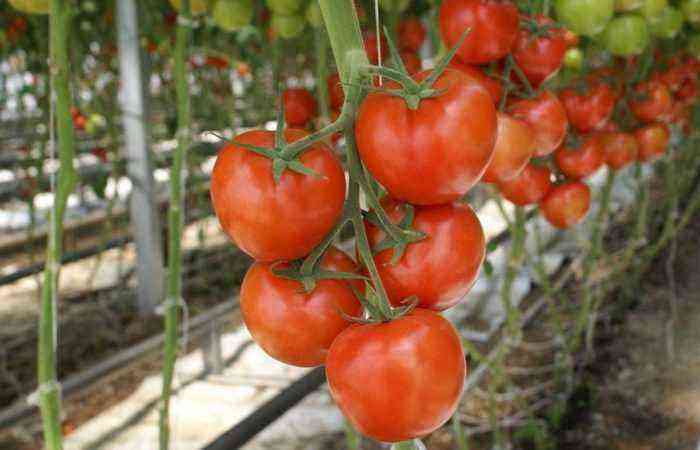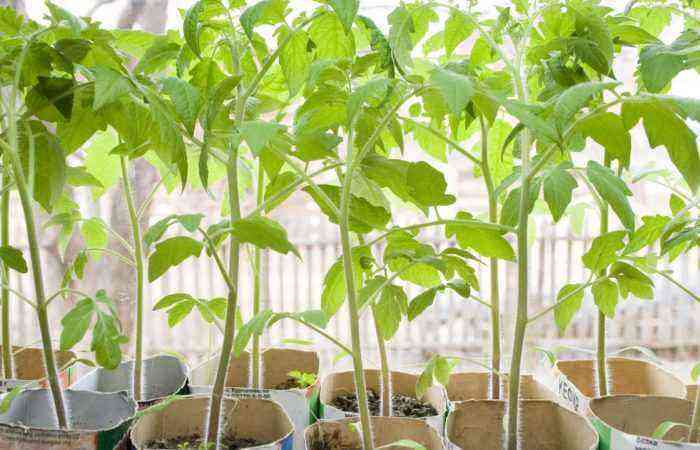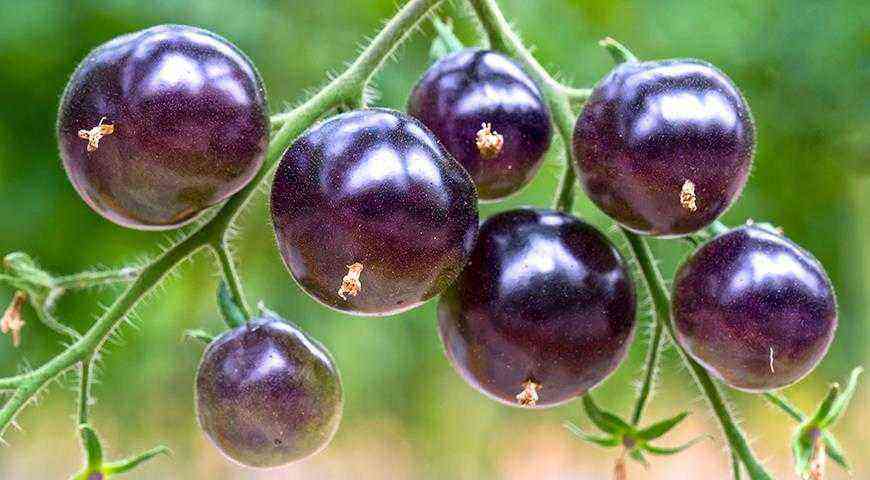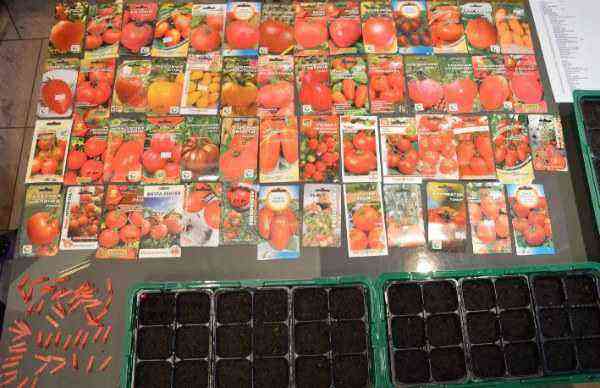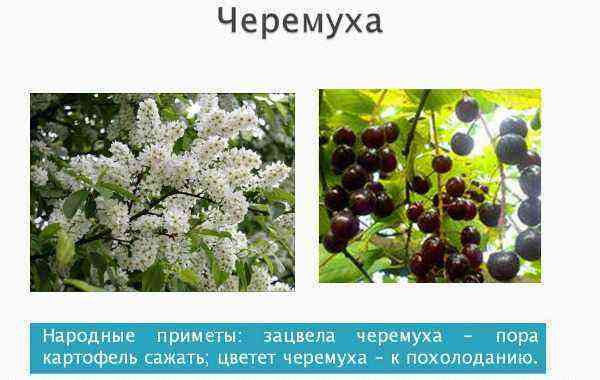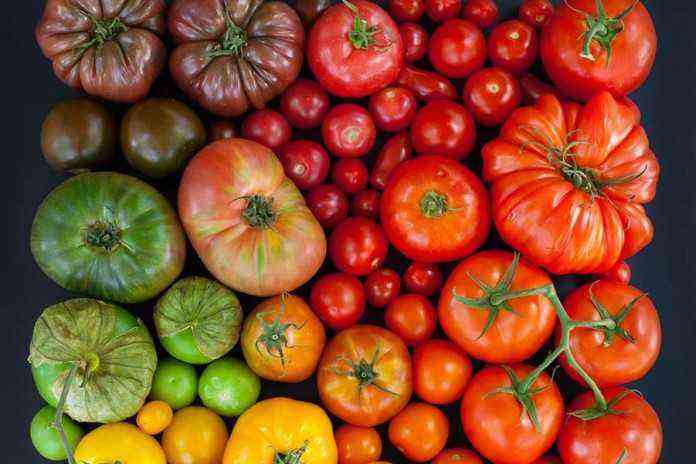Most of the gardeners, cultivating tomatoes in the open field on their site, faced late blight. Unlike other vegetable crops, tomatoes are most often affected by this disease, the main symptom of which is the blackening of foliage and fruits. To date, there are many ways to deal with such a scourge, which will be discussed in more detail below.
What is phytophthora, why is it dangerous?
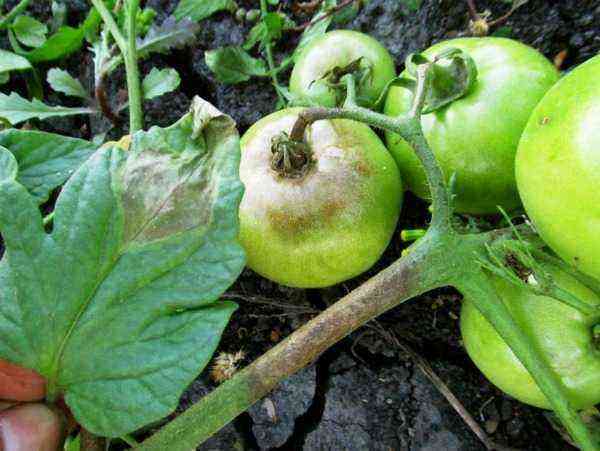
Late blight, or late blight, is a fungal disease. Its causative agent is fungi, of which there are approximately 50 species.
The name “late blight” in translation means “destroying the plant.”
Reproduction of fungi occurs by spores, and they are found in the soil, in the remains of plants affected by the disease, on garden tools. After the winter ends, with the onset of favorable conditions, the fungus begins to actively develop.
Most often, tomatoes are affected by the disease in the last summer weeks. In diseased bushes, they first turn yellow, and then the inflorescences darken and die. It also damages the fruits, stains form on their surface, and they begin to deteriorate quickly.
The disease spreads very quickly, while there is a rapid withering of the affected bushes, over time they die. If you do not take the necessary measures to combat phytophthora in a timely manner, then the crop will be lost.
The first signs of tomato disease
In order to timely begin treatment of tomatoes affected by late blight, you need to know the first signs of this disease:
- at first, specks of a dark brown shade form on the wrong side of the foliage, over time it begins to dry out and fly around;
- brown spots of irregular shape appear on the surface of the stem;
- there is a darkening or yellowing of the inflorescences, which quickly dry out and die off;
- spots of black or brownish-gray color are formed on the fruits.
Causes of the development of the disease in tomatoes
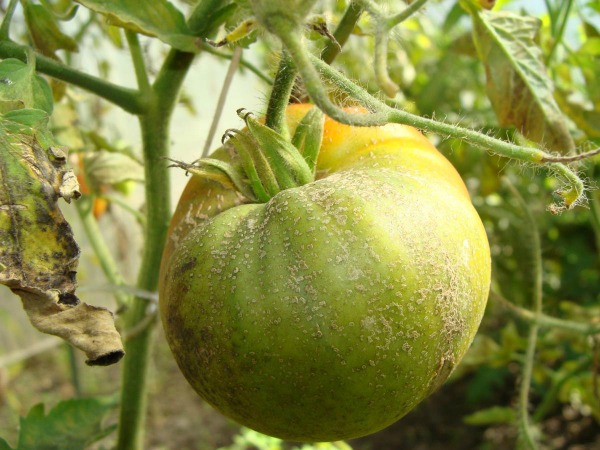
In order for the fight against late blight to be effective, it is necessary to know exactly what causes contribute to the development of the disease. These reasons include:
- dense plantings (ventilation between the bushes is practically absent);
- heavy and frequent rains, which are observed in the second half of the summer period;
- too much nitrogen in the soil;
- tomatoes feel a lack of copper, manganese, potassium or iodine;
- tomatoes grow next to potatoes;
- sharp changes in day and night temperatures, abundant dew in the morning (most often observed in August), coolness;
- too abundant watering in July and August, when the fruits begin to ripen, as well as watering over the foliage;
- the soil contains too much lime.
Diseases of tomatoes description with photos, methods of treatment
How to process tomatoes from phytophthora
Tomatoes grown in open ground, if agrotechnical rules are not followed, are very often affected by late blight. As a rule, this occurs when the humidity rises as a result of regular heavy dew in the morning or frequent rains. To combat late blight, gardeners use chemical, biological and folk remedies.
Chemicals
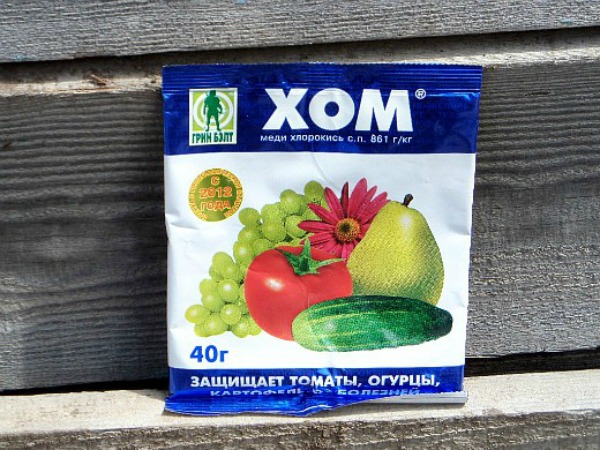
Below will be described those chemicals that are used by summer residents in the fight against late blight most often:
- Hom. Fungicidal means of contact action. Copper chloride, which is the active substance of the drug, does not penetrate into the bush. It is used for preventive purposes, processing tomatoes up to 5 times during the season. He is not able to cure a sick plant. Working solution – 1 g of the product per 4 liter of water. The drug is dangerous to humans, so you need to follow all the necessary precautions during processing.
- Furacilin. This antimicrobial agent, intended for humans, is also used to combat late blight. To prepare a solution, one tablet is dissolved in one liter of water. Processing is carried out three times during the season: before the bushes bloom, before the formation of the first ovaries, after the fruit ripens. The tool is absolutely safe for humans.
- Metronidazole or Trichopolum. This is also a drug intended for people, which summer residents have recently begun to use in the fight against late blight. To prepare a solution in a liter of water, dissolve a couple of tablets. Spray the bushes systematically 1 time in a week and a half or after rain, as the product is easily washed off with water.
- Order. Such a fungicidal agent penetrates into the bush, so the fruits after processing are not used for food for five days. To prepare the solution, combine 1 liter of water and 5 g of the drug. Sick plants are sprayed with a frequency of 1 time in 2-4 days, and healthy bushes for prevention – 1 time in half a month. The drug is dangerous to humans.
Biological preparations
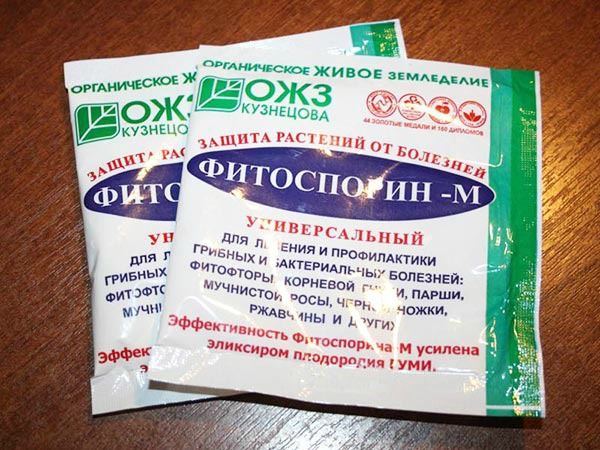
Biological agents are much more effective than folk remedies, but they are active only at air temperatures above 15 degrees. The most popular drugs:
- Baktofit. This bacterial fungicide significantly reduces the number of pathogenic fungi in the soil after just a few hours after treatment. The solution is prepared according to the instructions on the package.
- Trichodermin. This is a complex biological agent that actively destroys pathogenic fungi in the soil, and also helps to increase its nutritional value. Spill the solution with the earth and loosen it. To increase the effectiveness of the drug during the preparation of the solution, it is recommended to take whey or kefir instead of water.
- Planers. The composition of this tool, which is highly effective, includes live bacteria. The solution is very simple to prepare, for this, a liter of water is combined with 5 grams of the product. They cultivate the land just before planting tomato seedlings.
- Phytosporin. This tool in the fight against phytophthora is used very widely. The soil is treated in the spring, for this it is spilled with a solution consisting of 10 liters of water and 6 ml of the drug.
Traditional recipes
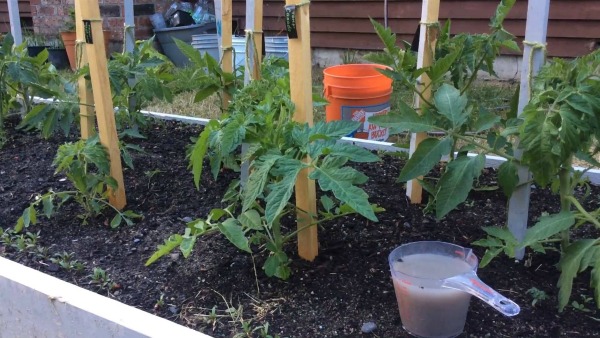
Many gardeners try to avoid the use of chemicals, as they are not always safe for humans, because most of these products contain poisons. That is why, to protect tomatoes from late blight, they try to choose exclusively folk remedies that are not highly effective, but they do not harm human health at all. The most popular folk remedies:
- Kefir. It is used for prevention purposes, as well as for the treatment of phytophthora. To process the bushes, a solution is prepared from one bucket of water and 1 liter of kefir. If desired, you can replace kefir with milk, but in this case, 20 drops of iodine are also added to the solution. Also, for spraying tomatoes, you can use a whey solution in a ratio of 1: 1 or 1: 2. Treatment with any of the solutions can be carried out at least daily.
- Soda. In one liter of water, dissolve 1/5 of a tablespoon of soda and add a little liquid soap. Spray tomatoes 1 time in 7 days or after it rains.
- Salt. Salt solution is used as a preventive agent, because after drying it covers the surface of the bush with a white thin layer that will prevent pathogenic fungi from penetrating inside the tomato. To prepare a solution for 1 liter of water, take 25 grams of salt. All aerial parts of the bush are treated, when it rains, the spraying is repeated.
- Vinegar. 10 milligrams of nine percent table vinegar are poured into 100 liters of water. All parts of the plant are treated with the resulting solution. It is recommended to use it alternately with other drugs and folk remedies.
- Garlic tincture. First, chop the garlic heads and arrows. Take one and a half glasses of the resulting mass and combine it with a bucket of water. The infusion will be ready in a day. Plants are treated with them twice a month.
- Wood Ash. To prepare the solution, you need to mix 1 bucket of water and five kilograms of ash. The infusion will be ready after three days, do not forget to stir it systematically. The finished infusion is filtered and such an amount of water is added to it so that the total volume is 30 liters. Before processing, a little soap is added to the product. In total, during the season, processing is carried out three times: 7 days after planting the seedlings in the soil, shortly before flowering and after the formation of the first ovaries.
Ash can also be used to pollinate bushes. To do this, one bucket of ash is mixed with 1 tbsp. tobacco dust. During pollination, do not forget to protect your eyes and respiratory organs, for this use a respirator and goggles.
- Yeast. Dissolve 10 grams of yeast in a liter of warm water, the mixture should be infused, after which it can be used to spray a tomato. Treatments with the agent are carried out during the formation of ovaries or when the first symptoms of the disease are detected.
- Hay. 1 kilogram of rotted hay is combined with 1 bucket of water, which must be warm. 100 g of urea is added to the mixture. The infusion will be ready after three days, it remains only to strain.
In order to increase the effectiveness of any of the means, you need to adhere to the basic processing rules:
- choose a fine and windless day;
- spray the bushes early in the morning or in the evening;
- when using toxic agents, safety precautions must not be neglected;
- it is impossible to mix products and prepare solutions with devices and in dishes made of metal.
preventive measures
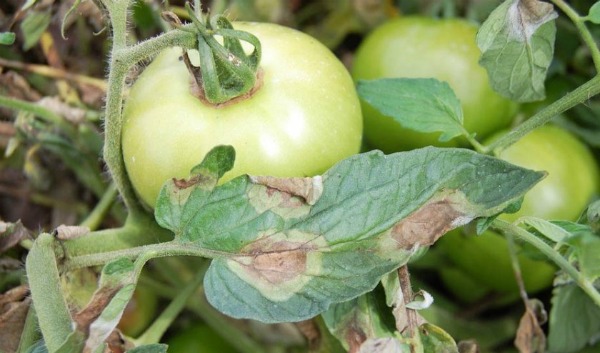
In order to protect tomatoes from late blight and save the harvest, you need to remember about preventive measures:
- The area where peppers, potatoes and eggplants were previously grown cannot be used for planting tomatoes. Also, plots with these crops are not recommended to be located next to each other. In the same area where tomatoes grew, they can be planted again only after at least four years. It is best to grow tomatoes after cucumbers, turnips, carrots, onions, beets and cauliflower.
- Tomatoes are grown in a well-lit area.
- Experts advise using early varieties or hybrids that are highly resistant to late blight.
- If the earth contains an excessively large amount of lime, then during planting, a little peat is poured into the hole and onion peels are placed, and the soil surface near the bush is covered with sand.
- Plants should be well ventilated, so they are not planted excessively densely.
- Pour water during irrigation exclusively under the root, and carry out this procedure in the morning. From the middle to the end of the summer period, watering is recommended only during a prolonged drought.
- The surface of the soil near the tomatoes is covered with a layer of mulch.
- Next to tomatoes, it is recommended to grow calendula, onions, marigolds, white mustard or garlic.
- Timely carry out stepsoning.
- Strengthen the health of plants, for this they are fed with potassium-phosphorus fertilizer, and they are also treated with immunomodulators.
- Nitrogen is recommended to be applied only from the beginning to the middle of the growing season. If it is introduced into the soil in the second half of summer, this will increase the likelihood of damage to the bushes by late blight.
Useful tips for the gardener
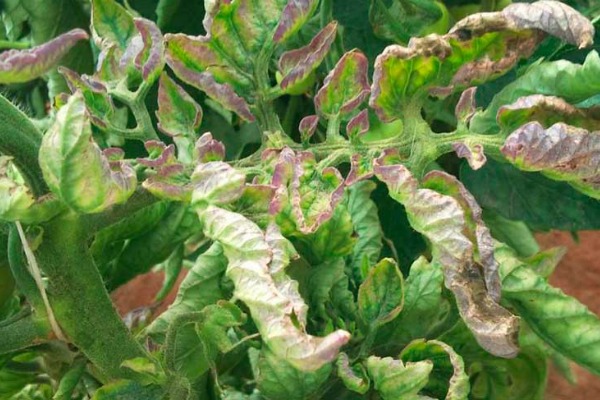
Very often, even experienced gardeners do not know the answers to some questions that relate to the defeat of tomatoes by late blight. Below are the answers to the most frequently asked questions.
How to save tomatoes damaged by phytophthora?
Fruits not damaged by the disease from the affected bush can be eaten only after treatment with hot water. To do this, they are for 10–15 s. immersed in very warm water (about 60 degrees). Then they are dried and waiting for them to ripen. Red fruits after processing can be eaten or canned. By the way, green tomatoes can also be preserved for the winter after processing.
Is it possible to eat tomatoes with phytophthora?
If there are black spots on the tomatoes, then it is not recommended to eat them even after removing the affected areas. Fruits that have been damaged by the disease quite a bit can only be eaten after treatment in hot water.
How to cultivate the land after phytophthora?
As a rule, the soil on which bushes affected by phytophthora grew is cultivated in early spring after the snow cover has melted or before planting seedlings. For this, the following chemicals are used: Bordeaux mixture, copper oxychloride, copper sulfate, Oksihom or Farmayod, etc.
Varieties resistant to late blight?
To date, there are no tomato varieties that are not at all affected by late blight. However, there are varieties that have a very high resistance to the disease, for example: Budenovka, Pink Dwarf, Profitable, Dubrava, De Barao, Solnechny, Snezhana, Metelitsa, Kostroma, Parter, Otradny, etc.
How to process tomatoes from phytophthora – video
How to avoid phytophthora? Prevention and ways to fight – video
Which method of treating tomatoes from phytophthora to choose in a particular case, each gardener decides independently. But it should be noted that neither chemicals nor folk remedies guarantee complete elimination of late blight. Experienced summer residents recommend alternating various means and methods, and also do not forget about preventive measures.
